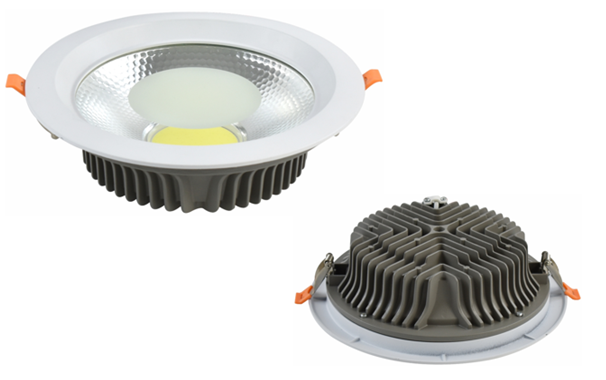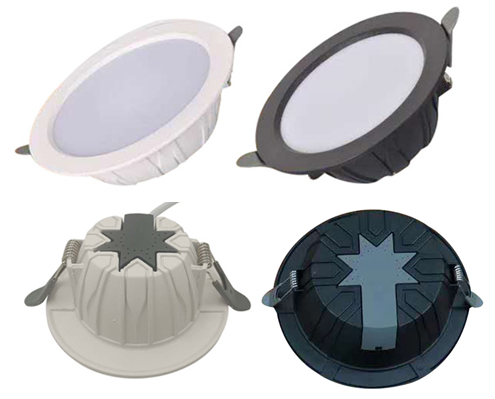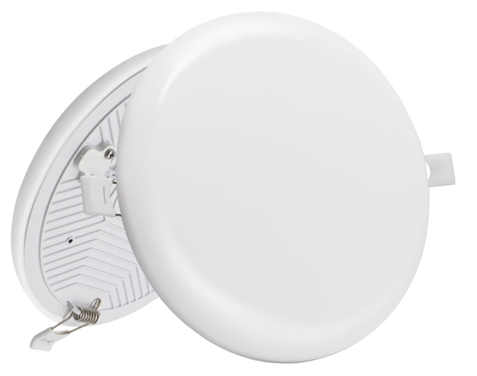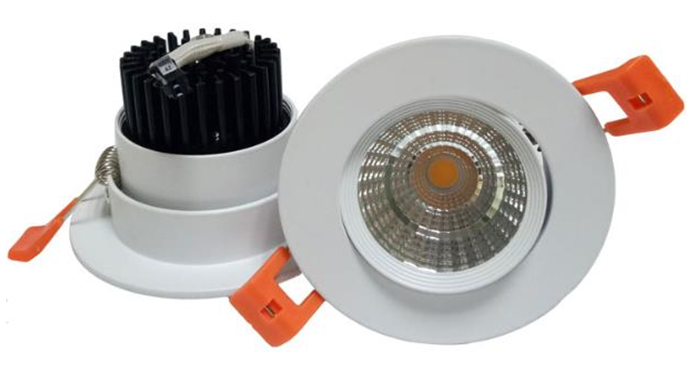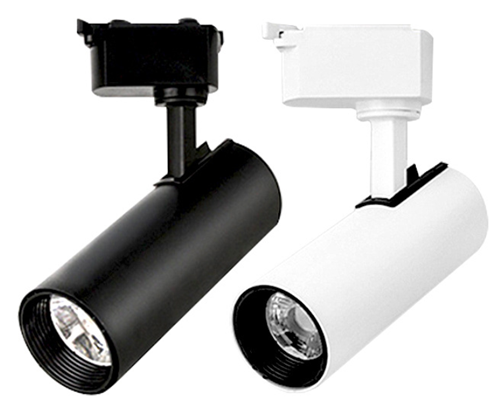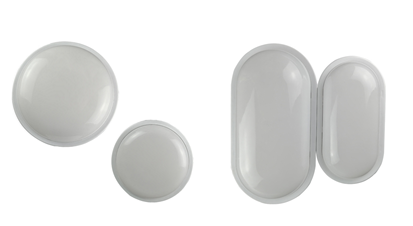Newstype
Latestnews
Hotnews
Precise control and regulation of LED colors for lighting design
 LED manufacturers try to counter color deviations by a number of approaches. In many applications in which color fastness is the main objective, for example when blending LED colors, the results of such efforts are not adequate. But there are solutions to this problem.
LED manufacturers try to counter color deviations by a number of approaches. In many applications in which color fastness is the main objective, for example when blending LED colors, the results of such efforts are not adequate. But there are solutions to this problem.
For example, in one approach LEDs are sorted or 'binned' after manufacture into 'bins' or classes of finely differing parameters. Another measure is to predetermine the color point to a given working temperature, known as 'hot targeting'. Other manufacturers aim to achieve a specific color mix (e.g. the Osram Brilliant Mix concept) to obtain the desired color point of the LED lamp. Despite all these efforts, however, LEDs - on both batch and individual sample bases - are prone to deviation and drift effects that can lead, particularly in the mixing of LED spectra or where multiple lamps are placed side by side, to visible color differences. In addition, the spectra and brightness of LEDs vary and drift not only due to manufacturing factors but also as a function of aging effects over their service life.

Figure 1: The Jencolor MTCSiCS sensor is a technical implementation of the CIE1931 standard
In applications with high demands on color point fidelity where Δu'v' < 0.007 and for which brightness variation should be below 1 percent, these effects can create problems. The current state of the art to minimize deviations is to rely on the pre-selection methods described above and then use temperature control or intelligent drivers to regulate the color and brightness of LEDs by controlling parameters such as operating current, temperature and brightness. The difficulty here is that the typical characteristics of the LEDs, or the tolerances within a batch, are generalized and thus the example deviations of individual LEDs are not considered directly, and specifically not in terms of their effects (spectral malfunction). Mobile and outdoor applications have particularly high requirements for the stabilization of colored light across a wide working temperature range.
Active regulation of light color
An alternative method is to use RGB or RGBWx LEDs controlled using color sensors. Such sensors, used in conjunction with Jencolor technology from MAZeT are particularly well suited to the LED lighting market. They are based on CIE1931 XYZ filters (comparable with the human eye) and do not demonstrate any detectable aging or temperature drift. These sensors control the lighting by responding to the output of the LED system. Thus, they measure the output of the individual LEDs in XYZ and precisely regulate them by Lu'v' in accordance with the set color or color temperature, entirely independently of pre-selection, aging, temperature or other interfering variables such as mechanical variations in the units. This control can be optimized for a high color rendering index, optimized color brightness, or maximum energy efficiency. Depending on system conception and implementation, color accuracies of Δu'v' < 0.003 can be thus obtained from standard components. Although the use of a control system involves adding sensors to the existing components, the overall costs are not necessarily higher. The demands placed on the LED drivers are lower, the LEDs do not have to be binned and it is no longer necessary to store specific LED classes in batches.
Sensor solutions for color regulation
Color measurements can be fulfilled using a variety of technologies. Three-range RGB color sensors are compact and optimized for rapid color detection. Using RGB filters, they are only suitable for color detection, i.e. measurement of relative color difference. True Color sensors with XYZ filter (Jencolor color sensors) have a filter characteristic that makes them suitable for absolute color measurement. With these sensors it is possible to control the colored light of any number of RGB LEDs with a precision not available using RGB filters. This is made possible by the standard spectral value function of the sensor, which replicates the color vision of the human eye. The result is a system for capturing the LED light that emulatesthe color perception of humans. It is thus possible to control the color of the light to a degree of precision such that any color changes are imperceptible to the human eye. At the same time, the sensor remains rock-solid in its constancy, since it is not prone to any discernible aging or influenced by temperature in respect of the measured color point. It is therefore suitable for use wherever the precision and stability of the colored light are essential -such as in the calibration of the cabin lights in aircraft, for the background lighting of LCD displays, or in color management in digital cameras. The True Color sensors allow efficient and healthy light to be generated. This may be necessary where the ambient light is measured and the missing spectral components are then added to produce the ambiance of light required.

Figure 2: Construction of a control loop using XYZ sensors
About the author:
Frank Krumbein is product manager for color and sensor systems at MAZeT - www.mazet.de

 Chinese
Chinese English
English